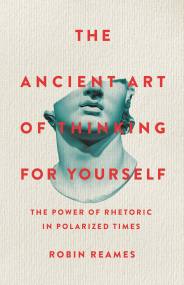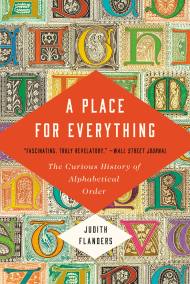Promotion
25% off sitewide. Make sure to order by 11:59am, 12/12 for holiday delivery! Code BEST25 automatically applied at checkout!
By clicking “Accept,” you agree to the use of cookies and similar technologies on your device as set forth in our Cookie Policy and our Privacy Policy. Please note that certain cookies are essential for this website to function properly and do not require user consent to be deployed.
The Associated Press Guide To Punctuation
Contributors
Formats and Prices
- On Sale
- Jan 7, 2003
- Page Count
- 112 pages
- Publisher
- Basic Books
- ISBN-13
- 9780738207858
Price
$18.99Price
$24.99 CADFormat
Format:
- Trade Paperback $18.99 $24.99 CAD
- ebook $7.99 $9.99 CAD
This item is a preorder. Your payment method will be charged immediately, and the product is expected to ship on or around January 7, 2003. This date is subject to change due to shipping delays beyond our control.
Buy from Other Retailers:
More people write for the Associated Press than for any other news service, and more writers take their style and word-usage cues from this world-famous institution than from any other journalism source. From the when and how of the ampersand to the rules for dashes, slashes, and brackets; from the correct moment for the overused exclamation point to the rules of engagement for the semicolon, The AP Guide to Punctuation is an invaluable and easy-to-use guide to the most important aspect of clear and persuasive writing.
Newsletter Signup
By clicking ‘Sign Up,’ I acknowledge that I have read and agree to Hachette Book Group’s Privacy Policy and Terms of Use






